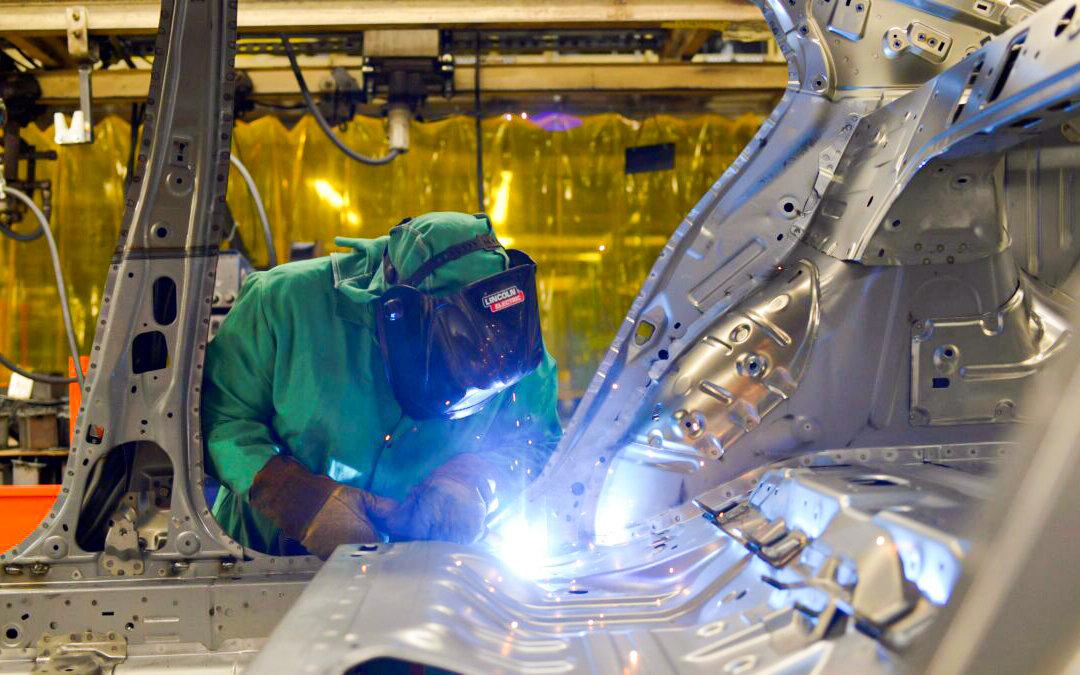A new Federal Reserve report paints a picture of U.S. businesses continuing to be affected by high inflation and worker shortages, with little prospect for an easing of price pressures in the near future, as rising input costs have been noted across a range of industries in recent weeks.
The Fed’s so-called Beige Book, which is based on a survey of businesses across the country between mid-January and Feb. 18, shows overall economic activity expanding at a “modest to moderate” pace, with low inventories and supply chain dislocations dragging down growth.





